Tips for food intake
Understanding food labels
Understanding food labels can help you make informed food choices that support your health and well-being. Here are some key tips for reading food labels:
- Serving Size
- Calories
- Nutrients
- % Daily Value
- Ingredients
- Claims
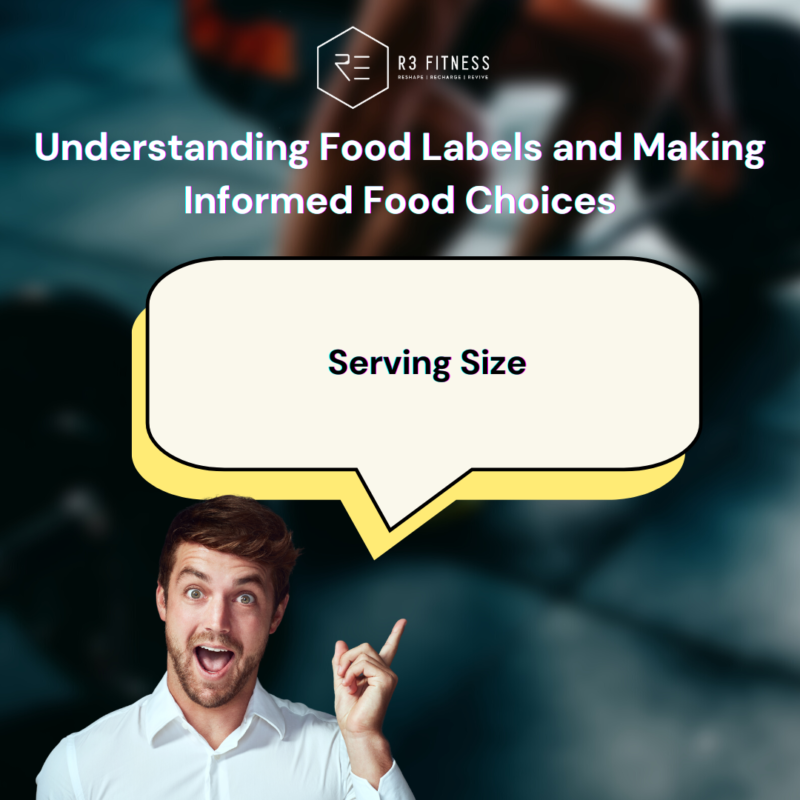
Serving Size
Start by looking at the serving size and number of servings per container. This will help you determine how much of the product you’re actually consuming.
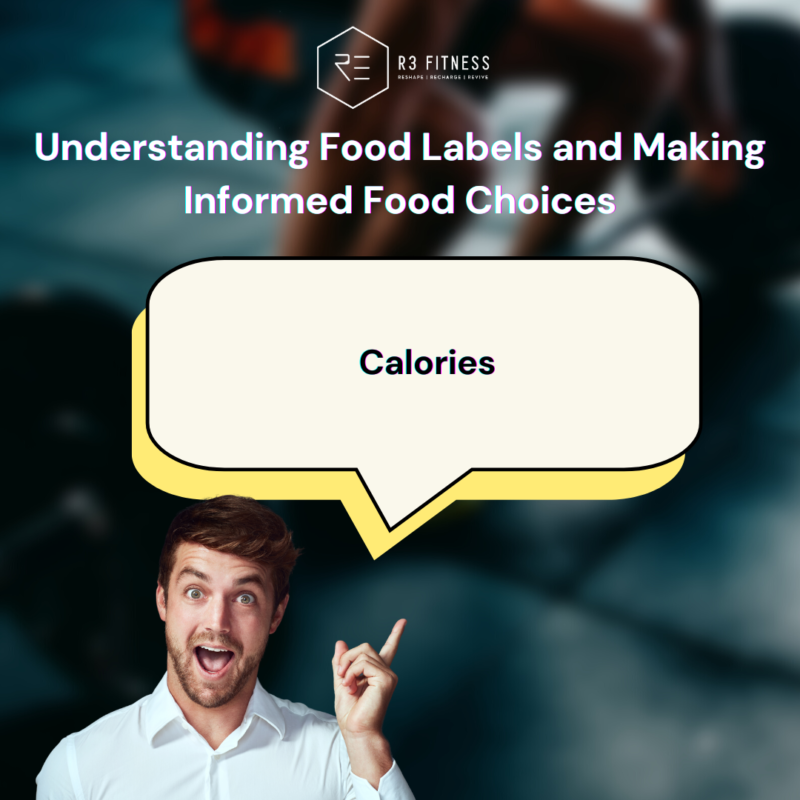
Calories
Check the number of calories per serving. This will help you gauge how much energy the food provides.
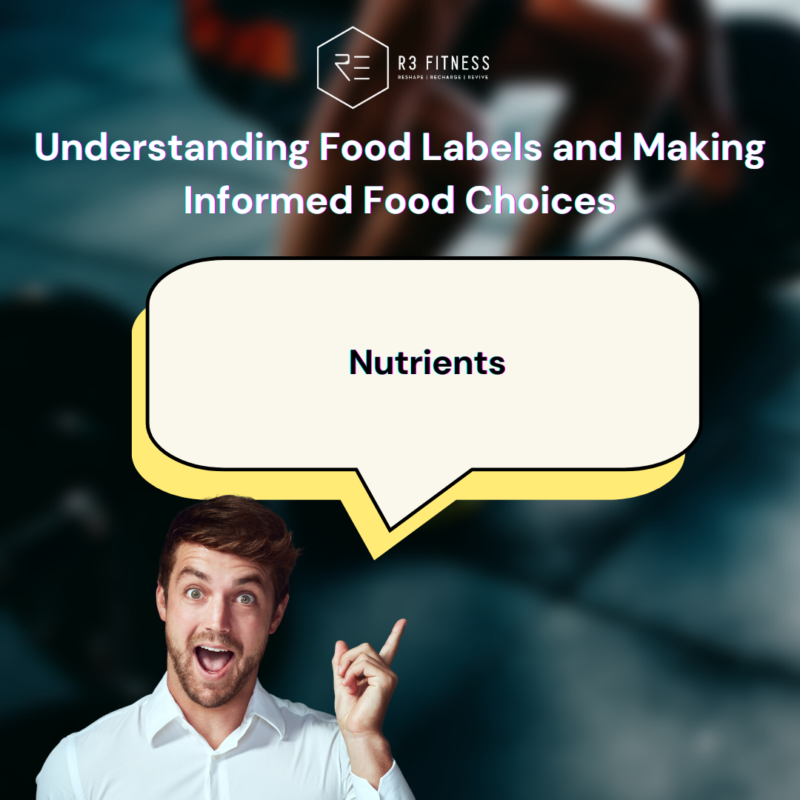
Nutrients
Look for information on key nutrients such as protein, carbohydrates, fat, fiber, vitamins, and minerals. Aim for foods that are high in nutrients and low in unhealthy components like saturated fat, trans fat, and added sugars.
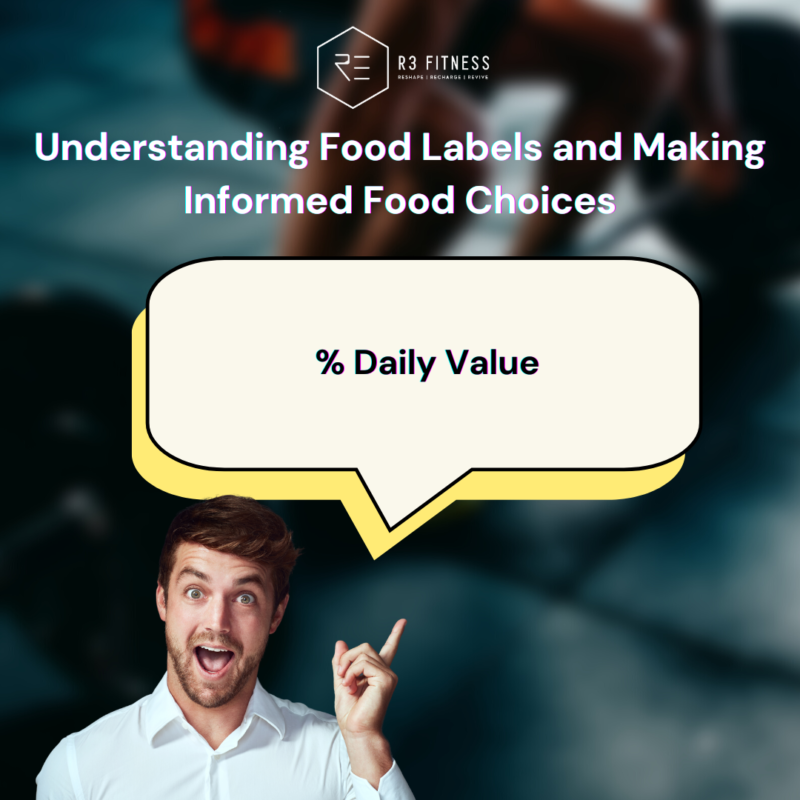
%Daily value
The % Daily Value (% DV) tells you how much of a nutrient one serving provides compared to the recommended daily intake. A % DV of 5% or less is considered low, while 20% or more is considered high.

Ingredients
Check the list of ingredients to see what’s in the food. Ingredients are listed in descending order by weight, so the first few ingredients make up the majority of the product.
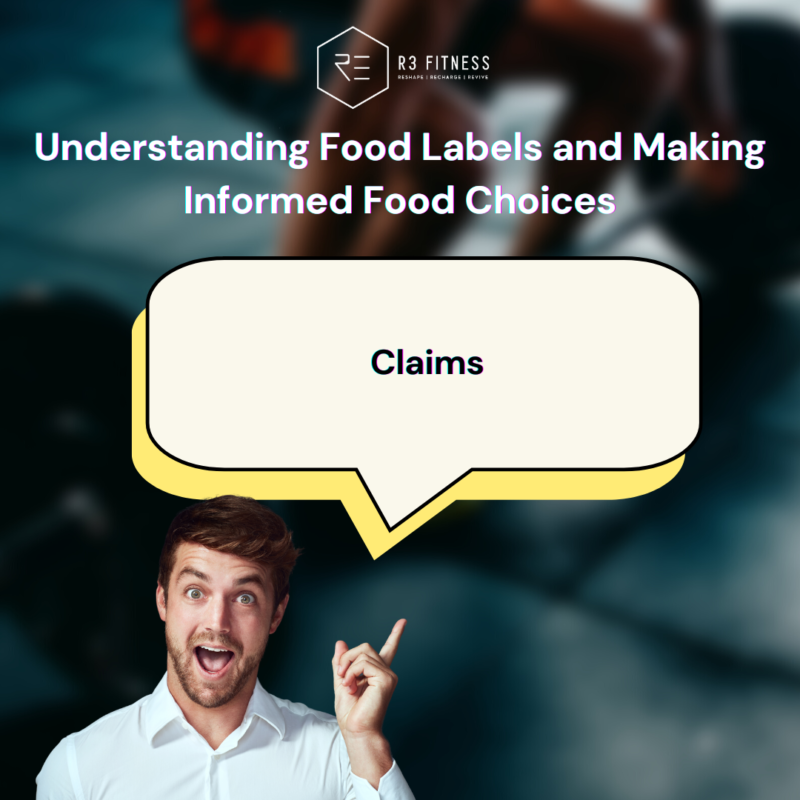
Claims
Be aware of marketing claims such as “low fat” or “natural.” These claims can be misleading and don’t always reflect the true nutritional value of the food.
By understanding food labels and making informed food choices, you can better support your health and well-being. Aim for a balanced diet that includes a variety of whole foods, and limit your intake of processed and packaged foods that are high in added sugars, salt, and unhealthy fats.

